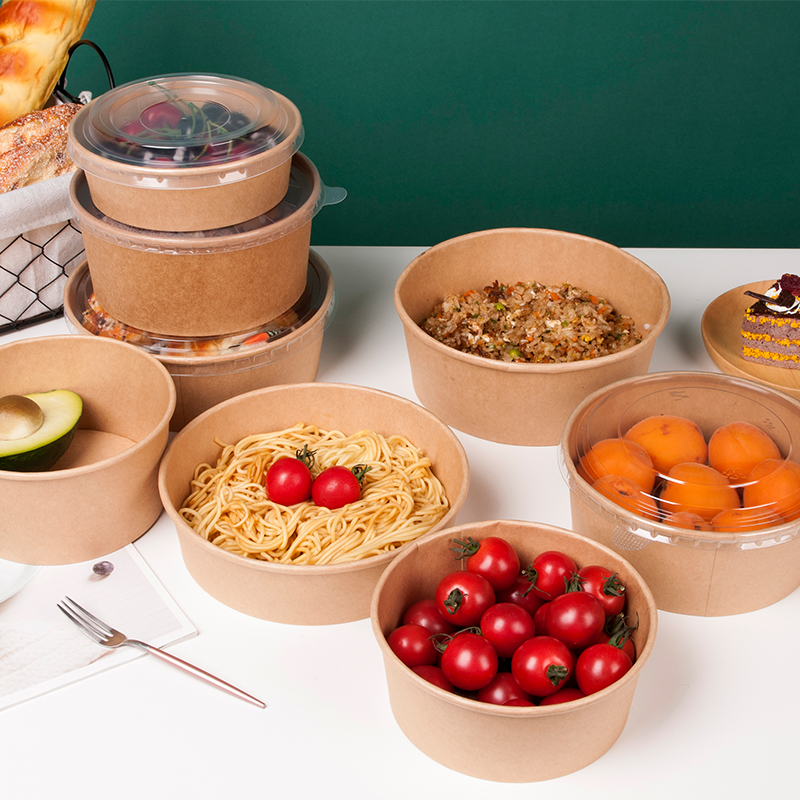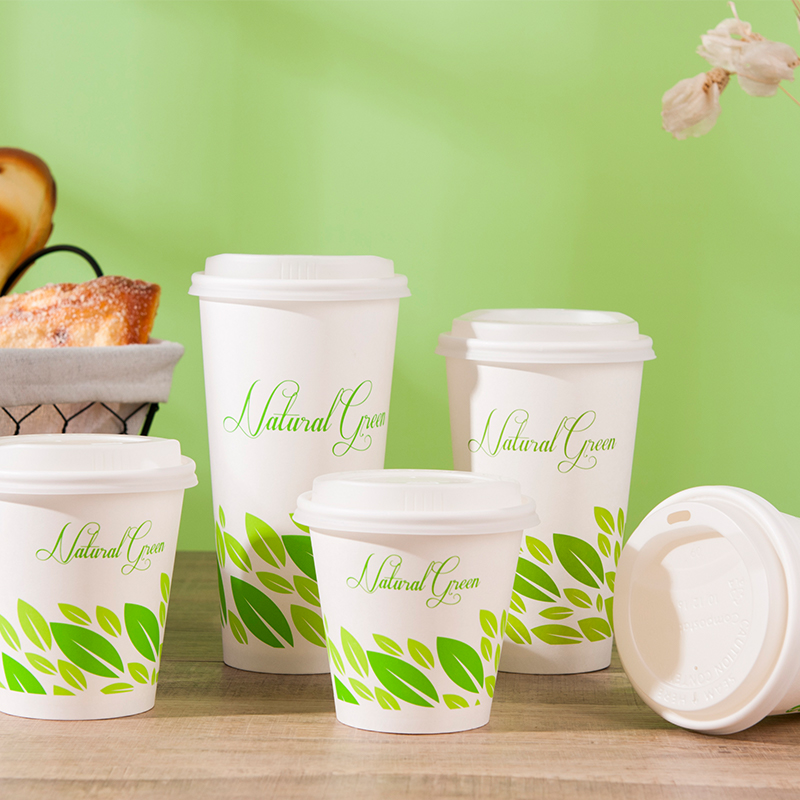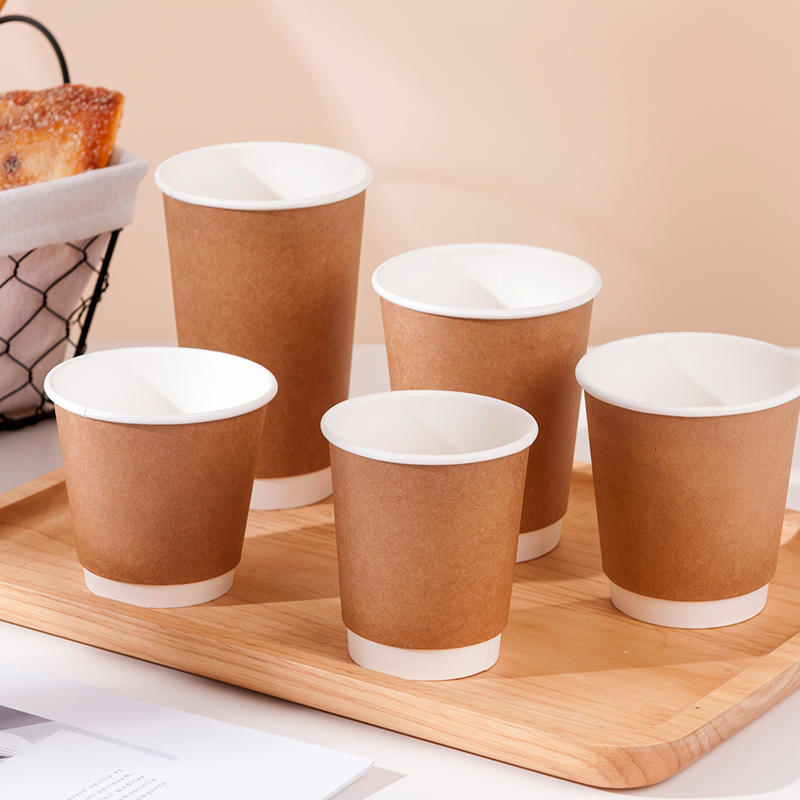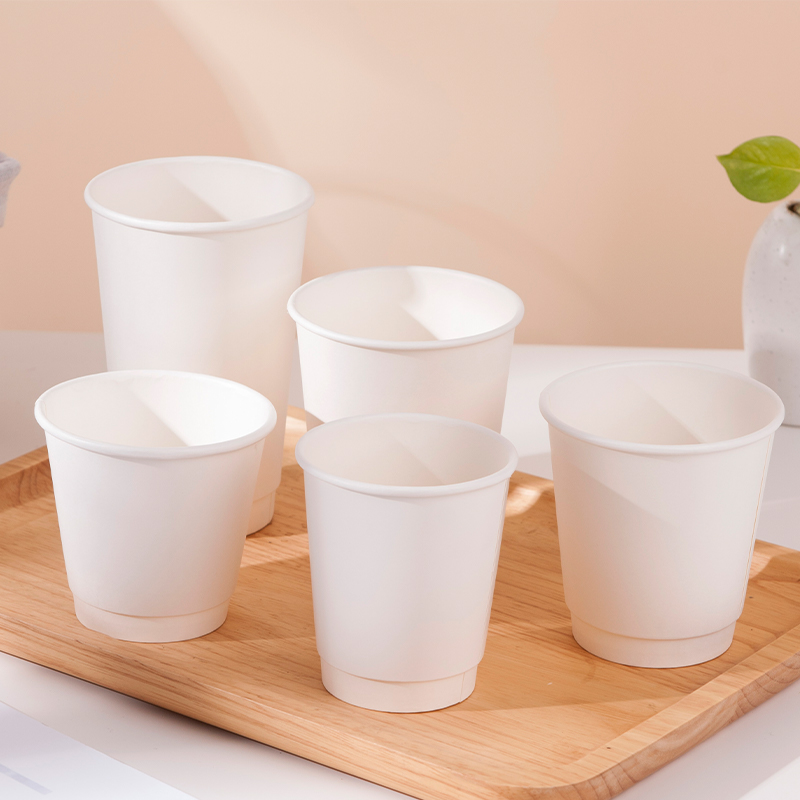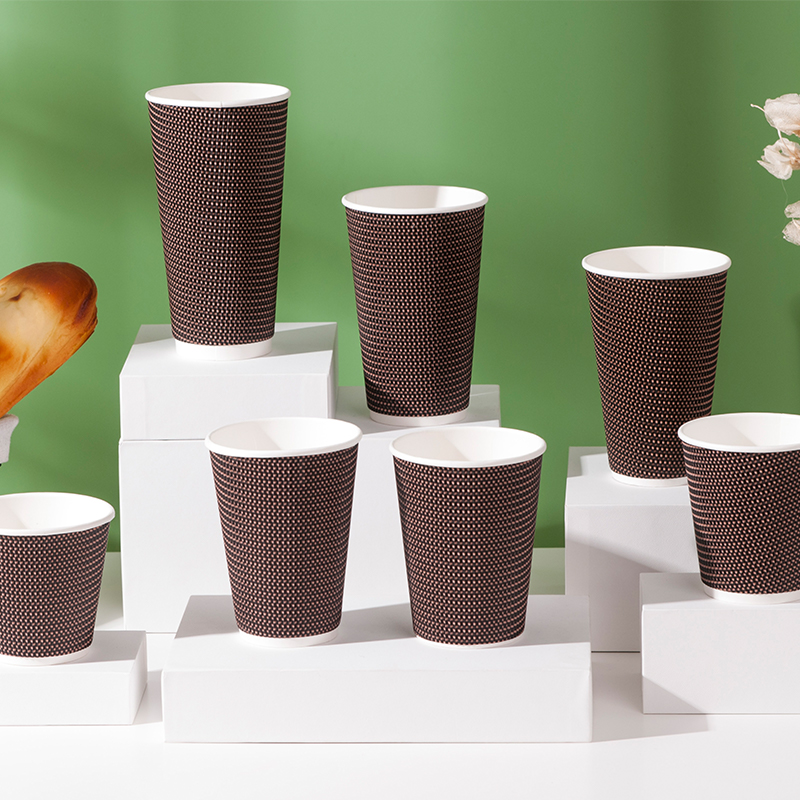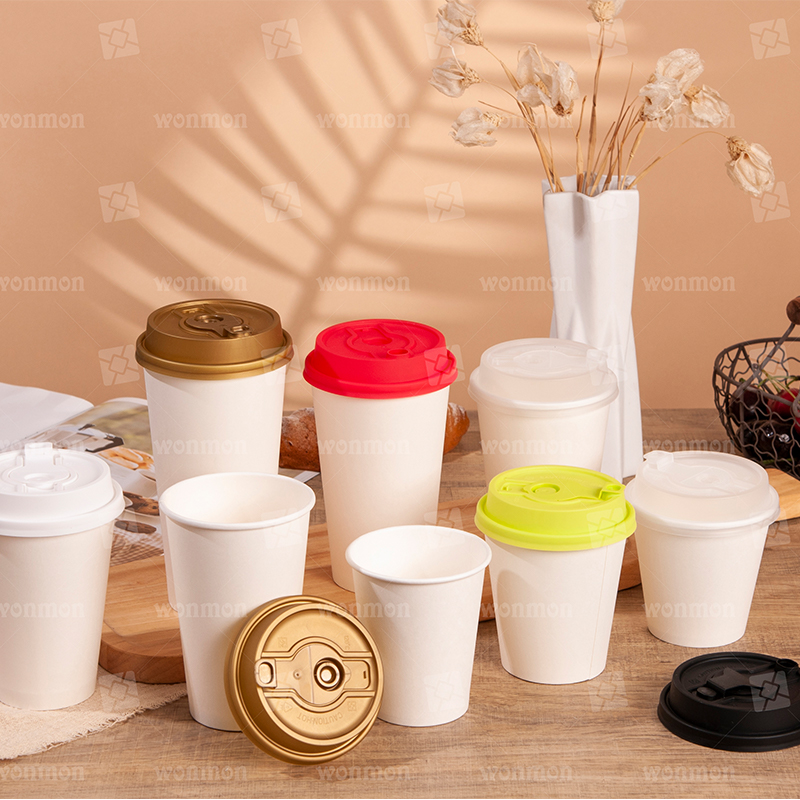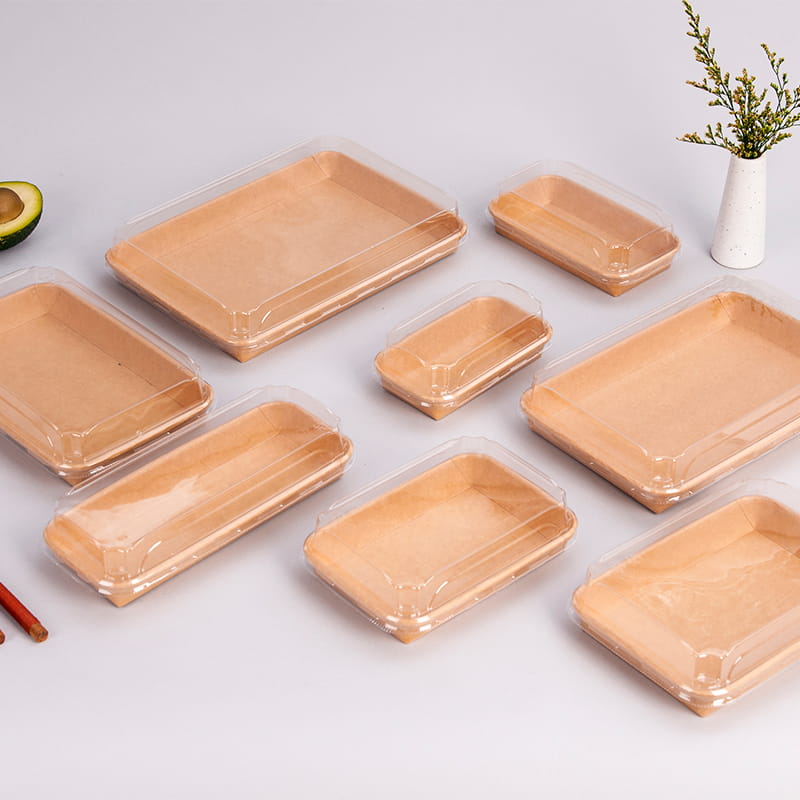In the quest for a more sustainable and eco-friendly future, the humble paper cup has emerged as a symbol of positive change in the beverage industry. As consumers increasingly seek environmentally responsible alternatives, the design, manufacturing, and use of paper cups are evolving to align with sustainability goals. Here's a closer look at how paper cups are contributing to a greener future:
1. Material Sourcing:
Sustainable Choice: Paper cups are crafted from responsibly sourced paperboard, often certified by organizations like the Forest Stewardship Council (FSC). This ensures that the paper comes from forests managed with environmental and social considerations.
2. Biodegradability and Compostability:
Sustainable Choice: Many paper cups are designed to be biodegradable or compostable. These cups break down naturally, reducing the environmental impact and avoiding long-lasting waste in landfills.
3. Recyclability:
Sustainable Choice: Efforts are made to design paper cups that are easily recyclable. Proper disposal and recycling contribute to a circular economy, minimizing resource consumption and waste generation.
4. Water-Based Inks and Coatings:
Sustainable Choice: Water-based inks and coatings are utilized for printing on paper cups, reducing the environmental footprint compared to traditional solvent-based alternatives.
5. Reduced Material Thickness:
Sustainable Choice: Innovations in paper cup design aim to reduce material thickness without compromising functionality. This not only conserves resources but also lowers the overall environmental impact.
6. Reusable Cup Initiatives:
Sustainable Choice: Some establishments promote the use of reusable cups to reduce single-use waste. Customers are encouraged to bring their own cups, fostering a culture of reusability and waste reduction.
7. Consumer Education:
Sustainable Choice: Education campaigns inform consumers about the environmental impact of disposable cups and encourage responsible disposal or recycling practices.
8. Innovative Designs for Sustainability:
Sustainable Choice: Innovations in cup design focus on incorporating sustainable materials, such as plant-based alternatives, or exploring new technologies that enhance eco-friendliness.
9. Lifecycle Analysis:
Sustainable Choice: Lifecycle analyses are conducted to assess the overall environmental impact of paper cups. This comprehensive evaluation informs continuous improvements in the sourcing, manufacturing, and disposal stages.
10. Collaboration for Change:
Sustainable Choice: Stakeholders across the beverage industry collaborate to drive positive change. This includes partnerships between manufacturers, retailers, and consumers to collectively address sustainability challenges.
11. Regulatory Compliance:
Sustainable Choice: Adherence to environmental regulations and standards ensures that paper cup manufacturing processes meet established sustainability criteria.
12. Circular Economy Integration:
Sustainable Choice: Paper cups are positioned within a circular economy, where materials are recycled, reused, or composted, contributing to the reduction of waste and the conservation of resources.
13. Social Responsibility:
Sustainable Choice: Manufacturers recognize the social responsibility associated with their products and work towards creating positive environmental impacts, contributing to a more sustainable and socially conscious industry.
14. Advocacy for Change:
Sustainable Choice: Advocacy initiatives from both businesses and consumers push for systemic changes in the industry. This includes advocating for policies that promote sustainability and responsible packaging practices.
15. Continuous Innovation:
Sustainable Choice: The journey towards a greener future involves continuous innovation in materials, processes, and designs. This commitment to ongoing improvement reflects a dedication to sustainability.



 English
English 中文简体
中文简体


